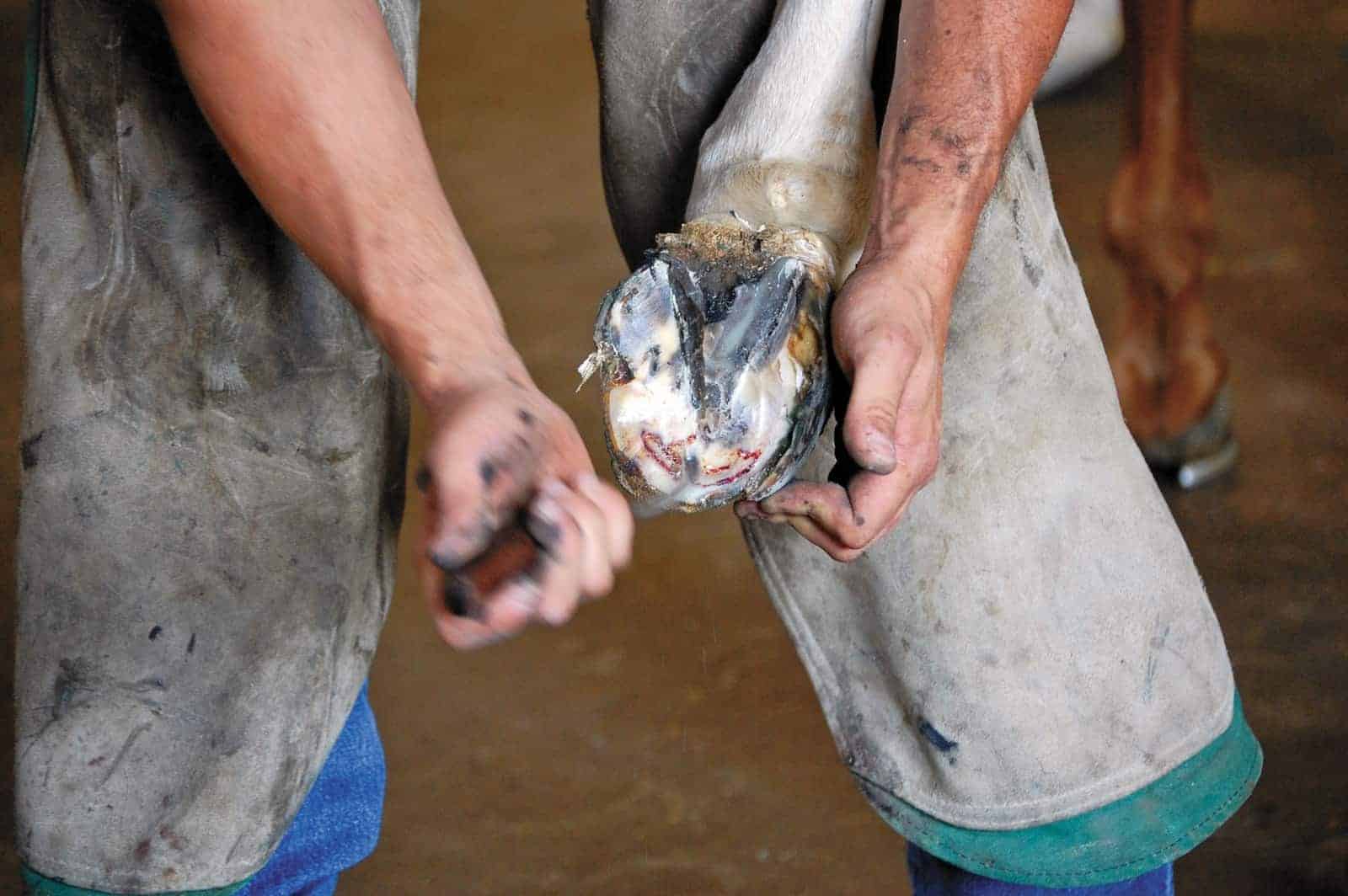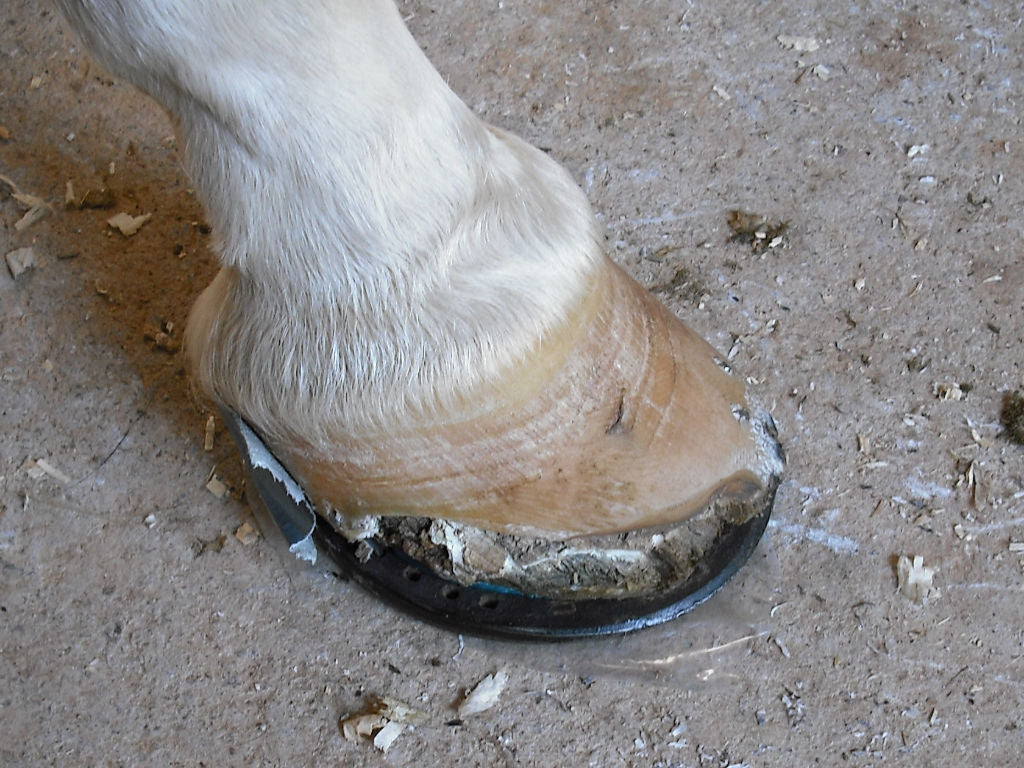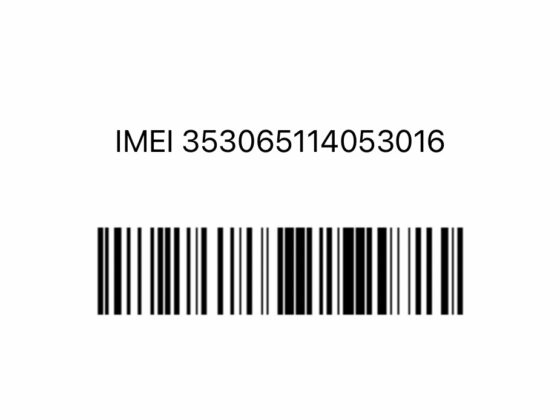White Line Disease is a common and frustrating issue that many horse owners face. The condition, characterized by the deterioration of the inner hoof wall, can cause lameness and discomfort for the affected horse. As a horse owner, it is essential to understand the causes, symptoms, and treatment options for White Line Disease in order to effectively combat it.
This handbook aims to provide comprehensive information and practical tips to help horse owners tackle this challenging and often persistent problem. By empowering horse owners with knowledge and resources, we can work together to fight back against White Line Disease and ensure the health and well-being of our equine companions.
Understanding White Line Disease in Horses

White Line Disease is a common hoof ailment in horses that can be challenging for owners to identify and treat. This condition occurs when bacteria and fungi infiltrate the hoof wall through a separation at the white line. This results in weakened hoof structure and can lead to lameness if left untreated.
Understanding the causes and symptoms of White Line Disease is crucial for horse owners to effectively combat and prevent this issue. By implementing proper hoof care and working closely with a veterinarian, horse owners can help their equine partners overcome this troublesome condition and maintain healthy hooves for years to come.
Detecting and Diagnosing White Line Disease

Detecting and diagnosing White Line Disease in horses can be a tricky task for many horse owners. One of the first signs to look out for is a visible separation or widening of the white line, which is the area where the hoof wall meets the sole of the hoof. This can be accompanied by a foul odor and possibly even a discharge.
In more severe cases, the horse may exhibit lameness or reluctance to bear weight on the affected hoof. It is important to consult with a veterinarian or farrier if you suspect your horse may have White Line Disease, as early detection and treatment are key to preventing further damage to the hoof.
Treatment Options for White Line Disease
:strip_icc()/how-much-do-horses-cost-1886151-hero-5337502b918e4a9f8e61eb6979adbbe9.jpg)
There are several treatment options for white line disease that horse owners can consider. One common method is to trim and remove the affected area of the hoof, known as debridement. This can help eliminate the diseased tissue and allow for proper healing. Another approach is to apply topical treatments such as iodine solutions or copper sulfate to help combat the infection.
In more severe cases, veterinarians may recommend the use of systemic antifungal medications to address the underlying cause of the disease. It is important for horse owners to work closely with their veterinarian to develop a comprehensive treatment plan that addresses both the symptoms and the root cause of white line disease. Ultimately, early detection and proactive treatment are key in successfully managing this condition and ensuring the overall health and well-being of the horse.
Conclusion
In conclusion, managing White Line Disease in horses requires a comprehensive approach that includes proper hoof care, diligent monitoring, and timely treatment. By following the guidelines outlined in this handbook, horse owners can effectively combat this insidious condition and ensure the health and well-being of their equine companions.
Remember to prioritize regular hoof maintenance, proper nutrition, and attentive care to prevent and manage White Line Disease. Utilizing products such as Best Hoof Conditioner can also help maintain strong, healthy hooves. With dedication and vigilance, horse owners can take proactive measures to keep their horses happy, healthy, and strong.


